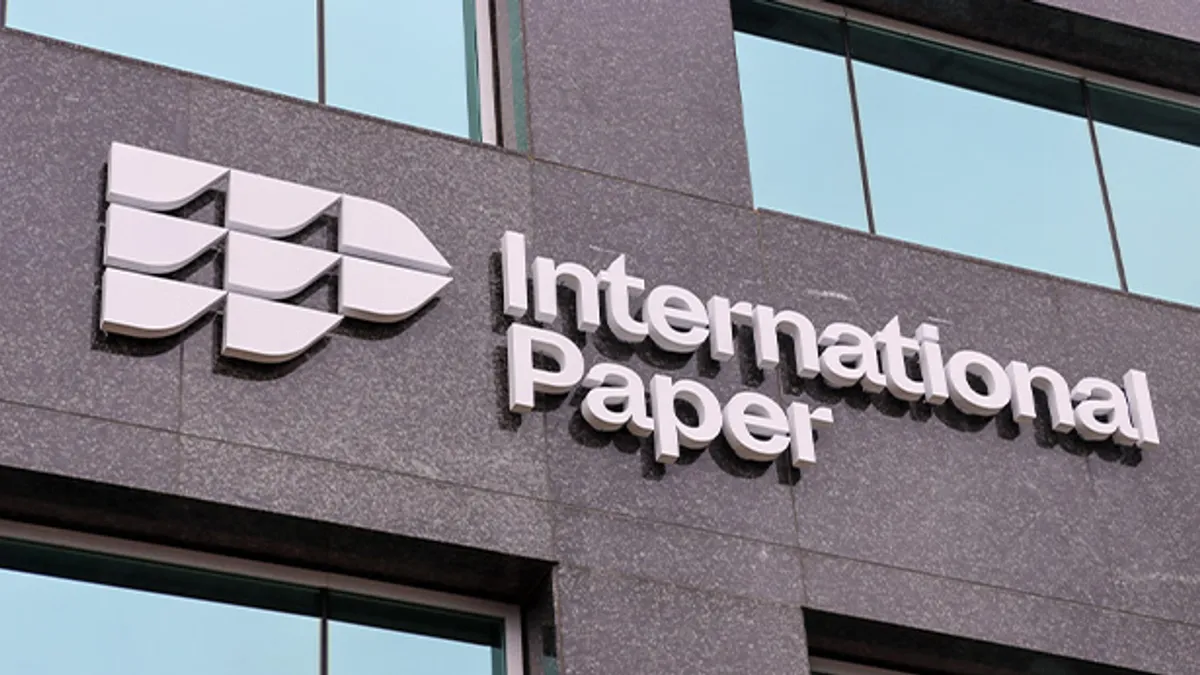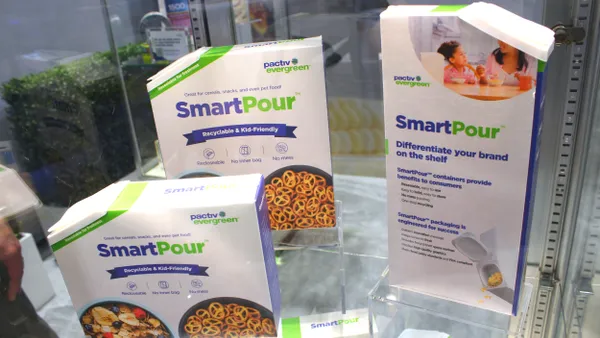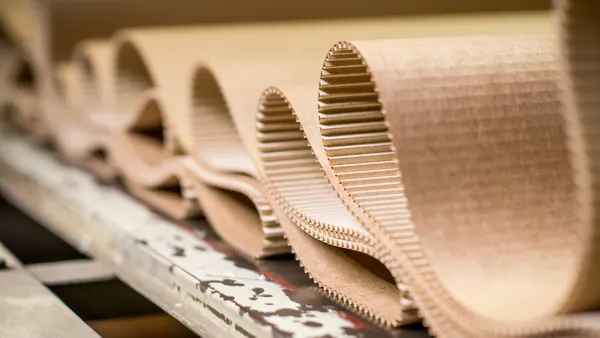International Paper announced Wednesday three closures or production halts, which could result in an estimated 900 layoffs, as part of an optimization plan.
IP will permanently close its containerboard mill in Orange, Texas. It also will permanently end production at two of its pulp machines: the #20 machine in Riegelwood, North Carolina, and the #4 machine in Pensacola, Florida. The company said in a filing with the U.S. Securities and Exchange Commission that the actions are expected to result in aggregate pre-tax charges of approximately $664 million, which includes shutdown and severance costs.
The Texas mill closure will occur in stages and finish by year’s end, affecting 565 employees. IP’s containerboard capacity will fall by about 800,000 tons annually after this closure. Its remaining North American containerboard network will include 17 mills and an annual production capacity of 13 million tons.
The Texas mill represents about 2% of North American containerboard capacity, according to an analysis Wednesday from Michael Roxland, senior paper and packaging analyst at Truist Securities. He said the decision to shut it down is “consistent with our thesis that leading domestic producers such as IP would continue to actively manage supply and demand through capacity rationalization to maintain pricing stability.” Even after this closure IP will remain the North American containerboard leader, he said, “leaving the company best positioned to capitalize on an improving containerboard market, which we believe could be forthcoming.”
The Florida fluff mill has been idle since August, and its permanent shutdown will affect 100 employees. The North Carolina fluff mill will cease production by the end of this year, affecting 200 employees. IP expects these moves to collectively reduce its fluff production by 500,000 tons annually — 300,000 tons of which is fluff pulp and 200,000 tons is southern bleached softwood. The company’s remaining pulp mill network will include eight mills with an annual production capability of 2.7 million tons.
Roxland noted that these mills represent 4% to 5% of global fluff pulp capacity. The shutdowns follow Georgia-Pacific’s recent announcement that it would close its Foley Cellulose mill in Perry, Florida, which Roxland said produced about 185,000 metric tons of fluff, or close to 3% of global supply. “Ultimately, we think these closures should improve the global fluff pulp supply-demand balance resulting in increasing price stability, positive for IP,” Roxland said.
"We believe strongly in the attractive, long-term fundamentals of our businesses and these actions further strengthen our competitive platform. Our optimized mill system, with its broad capabilities, gives us the flexibility to meet our customers' needs today and in the future," said CEO Mark Sutton in a statement.
The company said in a statement that it aims to minimize impact to employees “by using current vacancies, retirements, normal attrition and other roles at International Paper.”
"Decisions like these are extremely difficult, because of the impact on our employees, their families and the communities in which we operate,” Sutton said in the statement. “We are committed to providing severance benefits, outplacement assistance and more to help employees during this time."
Last month, International Paper announced that Sutton will be leaving his role and the board of directors will proceed with a succession plan. Sutton has been CEO since 2014 and has been with IP his entire 39-year career. He will stay on with the company until it finds a successor.
IP is scheduled to release its most recent earnings report next Thursday. The company’s last few earnings reports have shown softness, in part due to lingering destocking issues that dragged down demand. Executives said during a July earnings call that they anticipated Q3 would bring better volumes and earnings as well as an end to destocking. Sales volumes were down in the two categories affected by the new optimization moves — containerboard and global cellulose fibers — both in the second half of 2022 and first half of this year.











